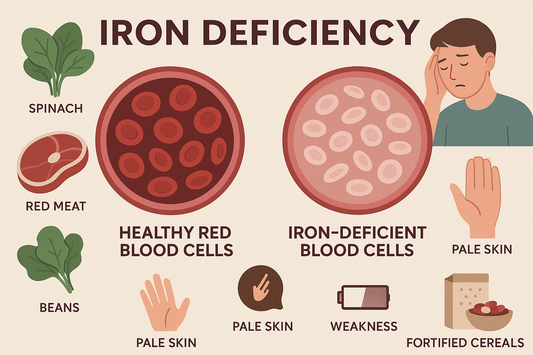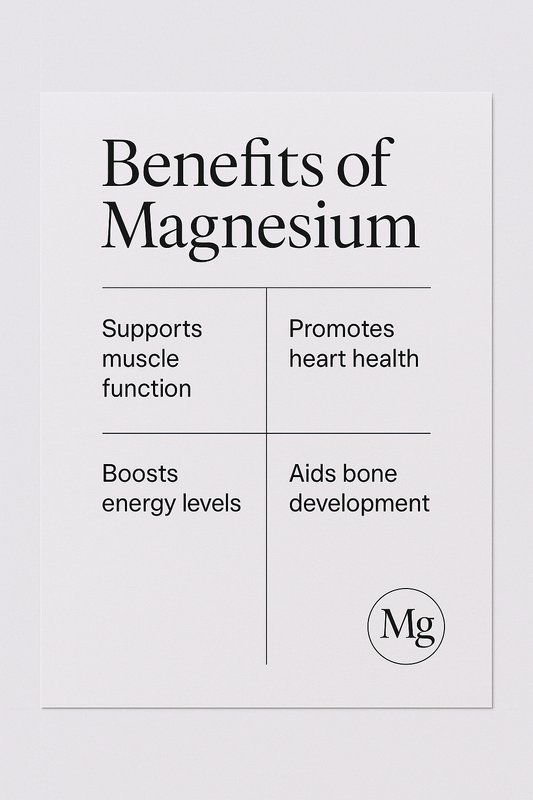
From a tiered stance, the methods for developing speed and agility can be branded as primary, secondary or tertiary. This arrangement is fundamentally a matter of practicality and is based on a range of skills and abilities fluctuating between special to general.
The key to applying these methods lies in their skilful grouping rather than exclusive or uneven use of any one of them. Secondary methods comprise sprint resistance and sprint assistance.
These target the improvement of special skills in revised performance conditions. Sprint resistance involves achieving an overload effect (resistor harness). The objective is to provide resistance without altering the individual’s movement mechanics, primarily as a means of improving explosive strength and stride length. The objective of sprint assistance is to provide assistance without significantly altering the individual’s movement process, primarily as a means of improving stride rate. In the end, though, the harness can have a variety of uses for rugby, namely, speed resisting, over-speed training, evasion, pulling sleds, scrum-body position training, and plyometric training. For the specific purpose of rugby training, however, the ‘Harness Run’ is of most use. Its focus is to develop arm drive and leg power.
The Harness Run
1. Place the harness around the participant’s shoulders, under the armpits (like a backpack).
2. Another individual must hold the ends of the harness and compete with the athlete’s forward drive with a trivial degree of resistance.
3. To overthrow the resistance, the athlete must compellingly push against the ground, slightly inclining forward and drive the knees forward mightily.
4. This is normally repeated for 10 to 15 metres.
Alternatively, make use of a harness that can be released. This means that the athlete can run 5 to 10 metres against the resistance provided by the other individual, and a moment later, the harness can be released, therefore allowing for the development of maximal acceleration (a particularly useful skill to have developed upon the start of a rugby match!).
It is quite important to note that, in general, a change greater than 10% in movement resistance will have detrimental effects on technique (for instance, obstructing the individual’s arms and leg action in an attempt to ‘muscle through’ each stride).












